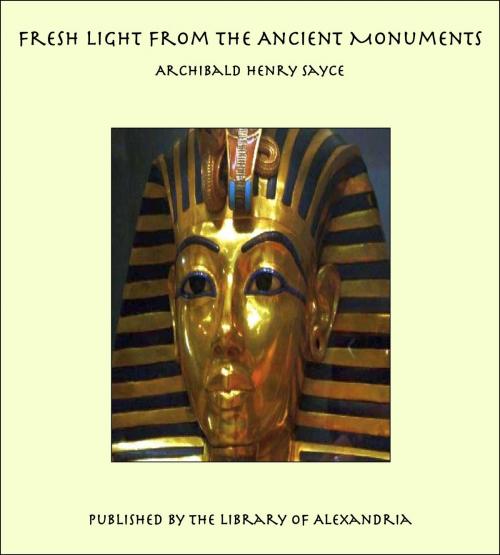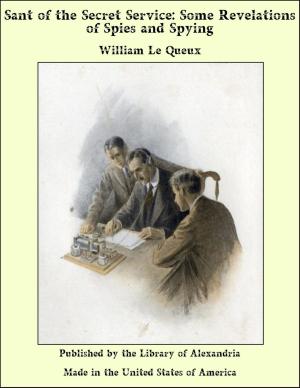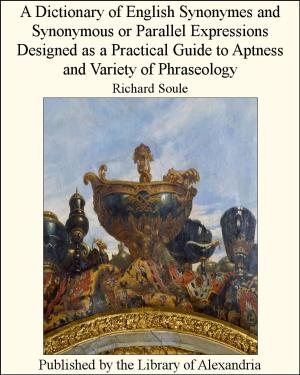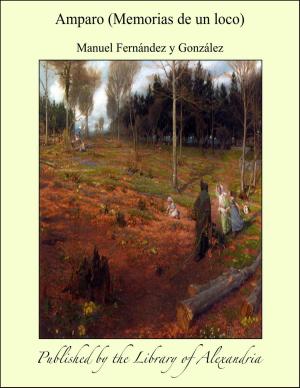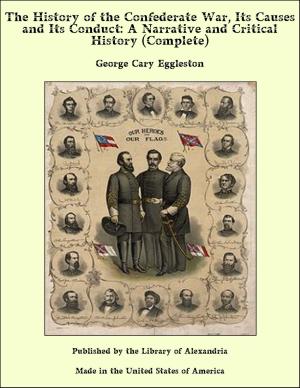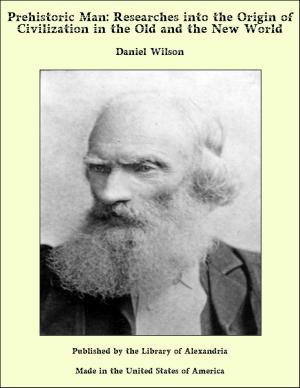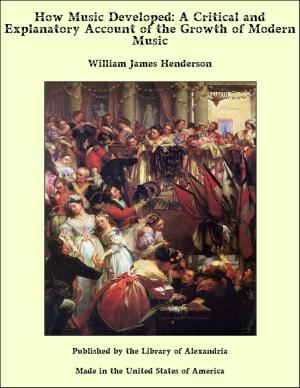Fresh Light from the Ancient Monuments
Nonfiction, Religion & Spirituality, New Age, History, Fiction & Literature| Author: | Archibald Henry Sayce | ISBN: | 9781465547507 |
| Publisher: | Library of Alexandria | Publication: | March 8, 2015 |
| Imprint: | Language: | English |
| Author: | Archibald Henry Sayce |
| ISBN: | 9781465547507 |
| Publisher: | Library of Alexandria |
| Publication: | March 8, 2015 |
| Imprint: | |
| Language: | English |
The Siloam Inscription (tracing from a squeeze, taken 15th July, 1881, by Lieuts. Conder and Mantell, R. E.). The inscription occupies the under part of an artificial tablet in the wall of rock, about nineteen feet from where the conduit opens out upon the Pool of Siloam, and on the right-hand side of one who enters it. After lowering the level of the water, Mr. Schick endeavoured to take a copy of it; but as not only the letters of the text, but every flaw in the rock were filled with a deposit of lime left by the water, all he could send to Europe was a collection of unmeaning scrawls. Besides the difficulty of distinguishing the letters, it was also necessary to sit in the mud and water, and to work by the dim light of a candle, as the place where the inscription is engraved is perfectly dark. All this rendered it impossible for anyone not acquainted with Phœnician palæography to make an accurate transcript. The first intelligible copy accordingly was made by Professor Sayce after several hours of careful study; but this too contained several doubtful characters, the real forms of which could only be determined by the removal of the calcareous matter with which they were coated. In March, 1881, six weeks after Sayce's visit, Dr. Guthe arrived in Jerusalem, and after making a more complete facsimile of the inscription than had previously been possible, removed the deposit of lime by means of an acid, and so revealed the original appearance of the tablet. Letters which had previously been concealed now became visible, and the exact shapes of them all could be observed. First a cast, and then squeezes of the text were taken; and the scholars of Europe had at last in their hands an exact copy of the old text. The inscription consists of six lines, but several of the letters composing it have unfortunately been destroyed by the wearing away of the rock. The translation of it is as follows:— 1. “(Behold) the excavation! Now this is the history of the excavation. While the excavators were still lifting up the pick, each towards his neighbour, and while there were yet three cubits to (excavate, there was heard) the voice of one man calling to his neighbour, for there was an excess in the rock on the right hand (and on the left). And after that on the day of excavating the excavators had struck pick against pick, one against the other, the waters flowed from the spring to the Pool for a distance of 1,200 cubits. And (part) of a cubit was the height of the rock over the head of the excavators.” The language of the inscription is the purest Biblical Hebrew. There is only one word in it—that rendered “excess”—which is new, and consequently of doubtful signification. We learn from it that the engineering skill of the day was by no means despicable. The conduit was excavated in the same fashion as the Mont Cénis tunnel of our own time, by beginning the work simultaneously at the two ends; and, in spite of its windings, the workmen almost succeeded in meeting in the middle. They approached, indeed, so nearly to one another, that the noise made by the one party in hewing the rock was heard by the other, and the small piece of rock which intervened between them was accordingly pierced. This accounts for the two culs de sac now found in the centre of the channel; they represent the extreme points reached by the two bands of excavators before they had discovered that, instead of meeting, they were passing by one another
The Siloam Inscription (tracing from a squeeze, taken 15th July, 1881, by Lieuts. Conder and Mantell, R. E.). The inscription occupies the under part of an artificial tablet in the wall of rock, about nineteen feet from where the conduit opens out upon the Pool of Siloam, and on the right-hand side of one who enters it. After lowering the level of the water, Mr. Schick endeavoured to take a copy of it; but as not only the letters of the text, but every flaw in the rock were filled with a deposit of lime left by the water, all he could send to Europe was a collection of unmeaning scrawls. Besides the difficulty of distinguishing the letters, it was also necessary to sit in the mud and water, and to work by the dim light of a candle, as the place where the inscription is engraved is perfectly dark. All this rendered it impossible for anyone not acquainted with Phœnician palæography to make an accurate transcript. The first intelligible copy accordingly was made by Professor Sayce after several hours of careful study; but this too contained several doubtful characters, the real forms of which could only be determined by the removal of the calcareous matter with which they were coated. In March, 1881, six weeks after Sayce's visit, Dr. Guthe arrived in Jerusalem, and after making a more complete facsimile of the inscription than had previously been possible, removed the deposit of lime by means of an acid, and so revealed the original appearance of the tablet. Letters which had previously been concealed now became visible, and the exact shapes of them all could be observed. First a cast, and then squeezes of the text were taken; and the scholars of Europe had at last in their hands an exact copy of the old text. The inscription consists of six lines, but several of the letters composing it have unfortunately been destroyed by the wearing away of the rock. The translation of it is as follows:— 1. “(Behold) the excavation! Now this is the history of the excavation. While the excavators were still lifting up the pick, each towards his neighbour, and while there were yet three cubits to (excavate, there was heard) the voice of one man calling to his neighbour, for there was an excess in the rock on the right hand (and on the left). And after that on the day of excavating the excavators had struck pick against pick, one against the other, the waters flowed from the spring to the Pool for a distance of 1,200 cubits. And (part) of a cubit was the height of the rock over the head of the excavators.” The language of the inscription is the purest Biblical Hebrew. There is only one word in it—that rendered “excess”—which is new, and consequently of doubtful signification. We learn from it that the engineering skill of the day was by no means despicable. The conduit was excavated in the same fashion as the Mont Cénis tunnel of our own time, by beginning the work simultaneously at the two ends; and, in spite of its windings, the workmen almost succeeded in meeting in the middle. They approached, indeed, so nearly to one another, that the noise made by the one party in hewing the rock was heard by the other, and the small piece of rock which intervened between them was accordingly pierced. This accounts for the two culs de sac now found in the centre of the channel; they represent the extreme points reached by the two bands of excavators before they had discovered that, instead of meeting, they were passing by one another
